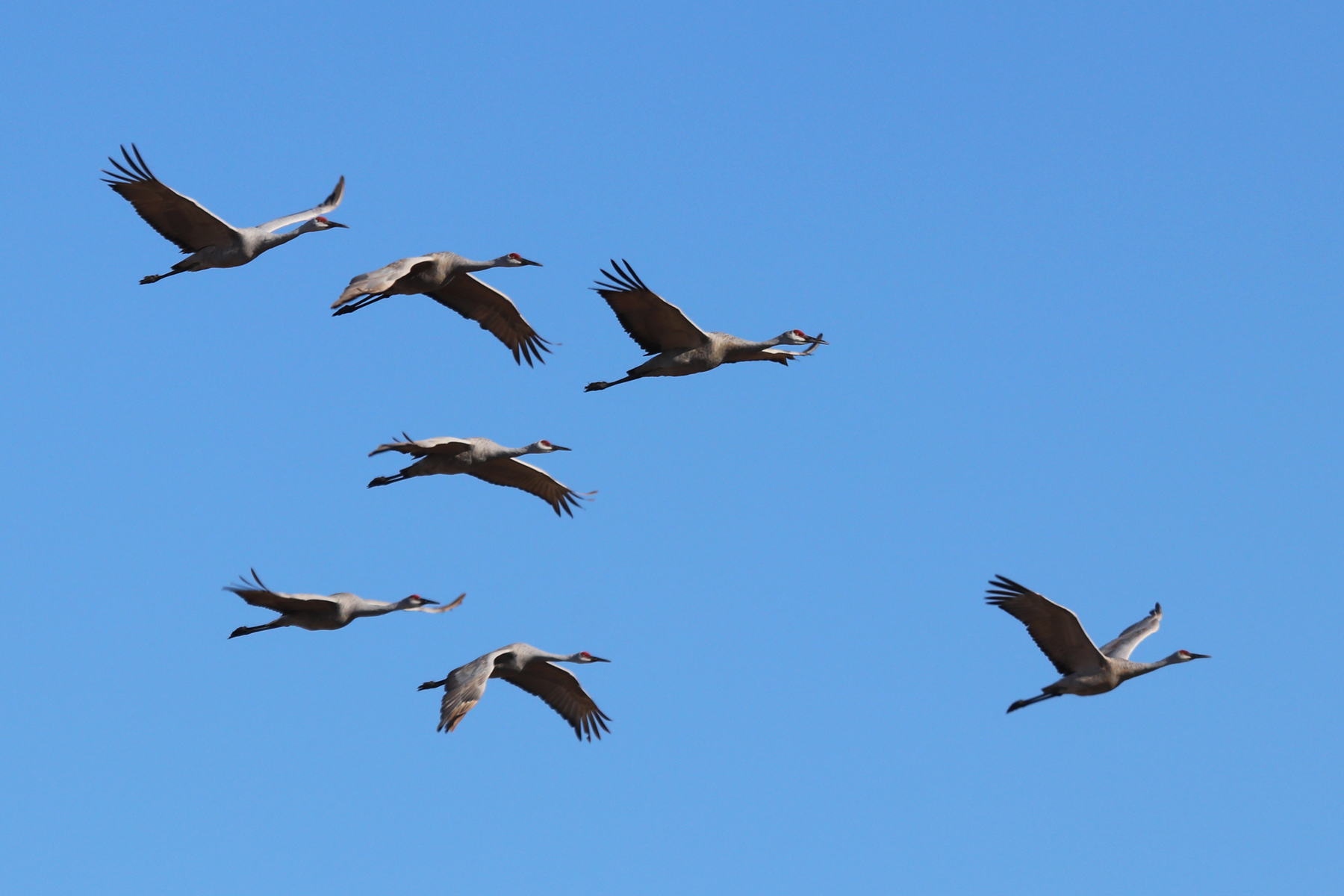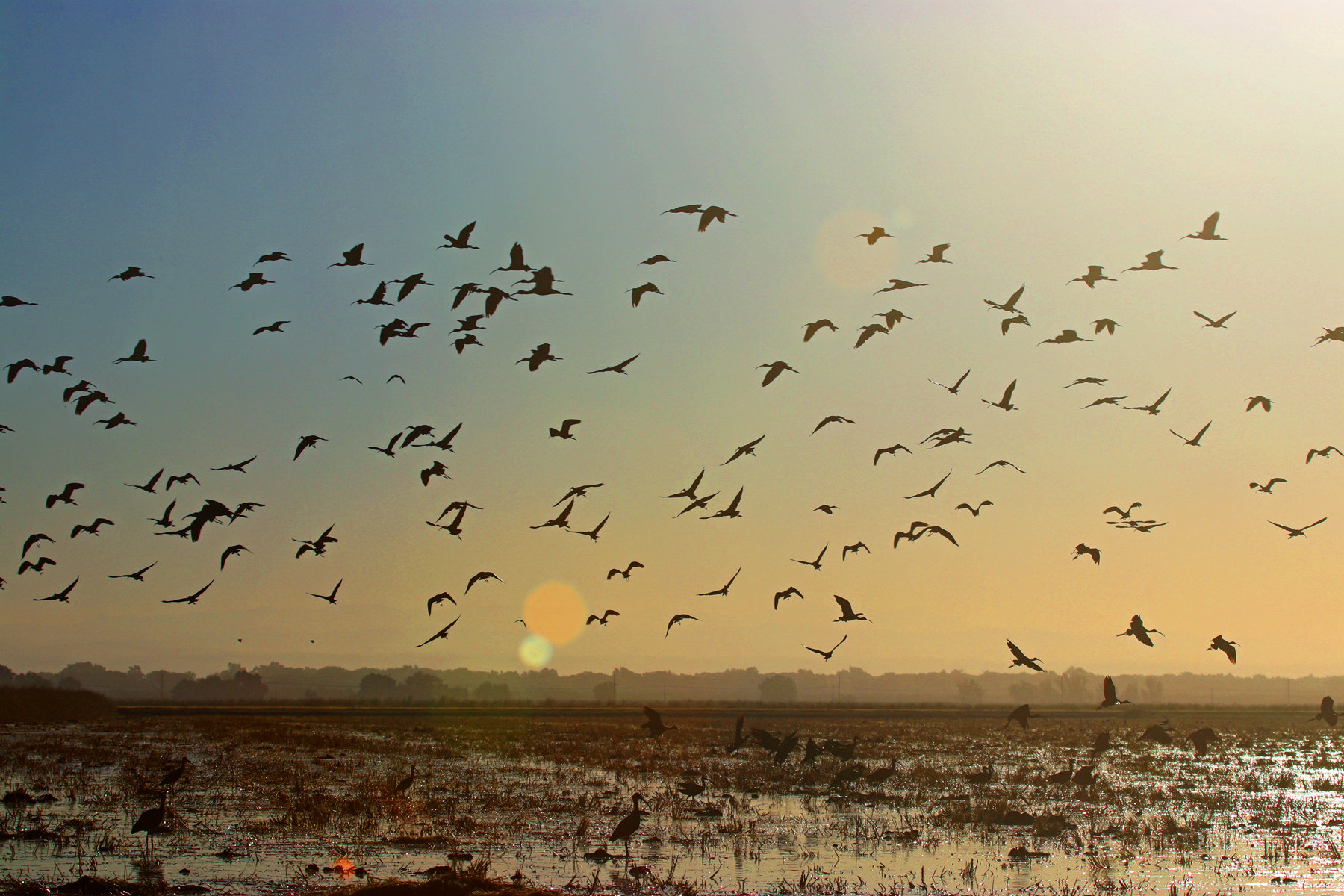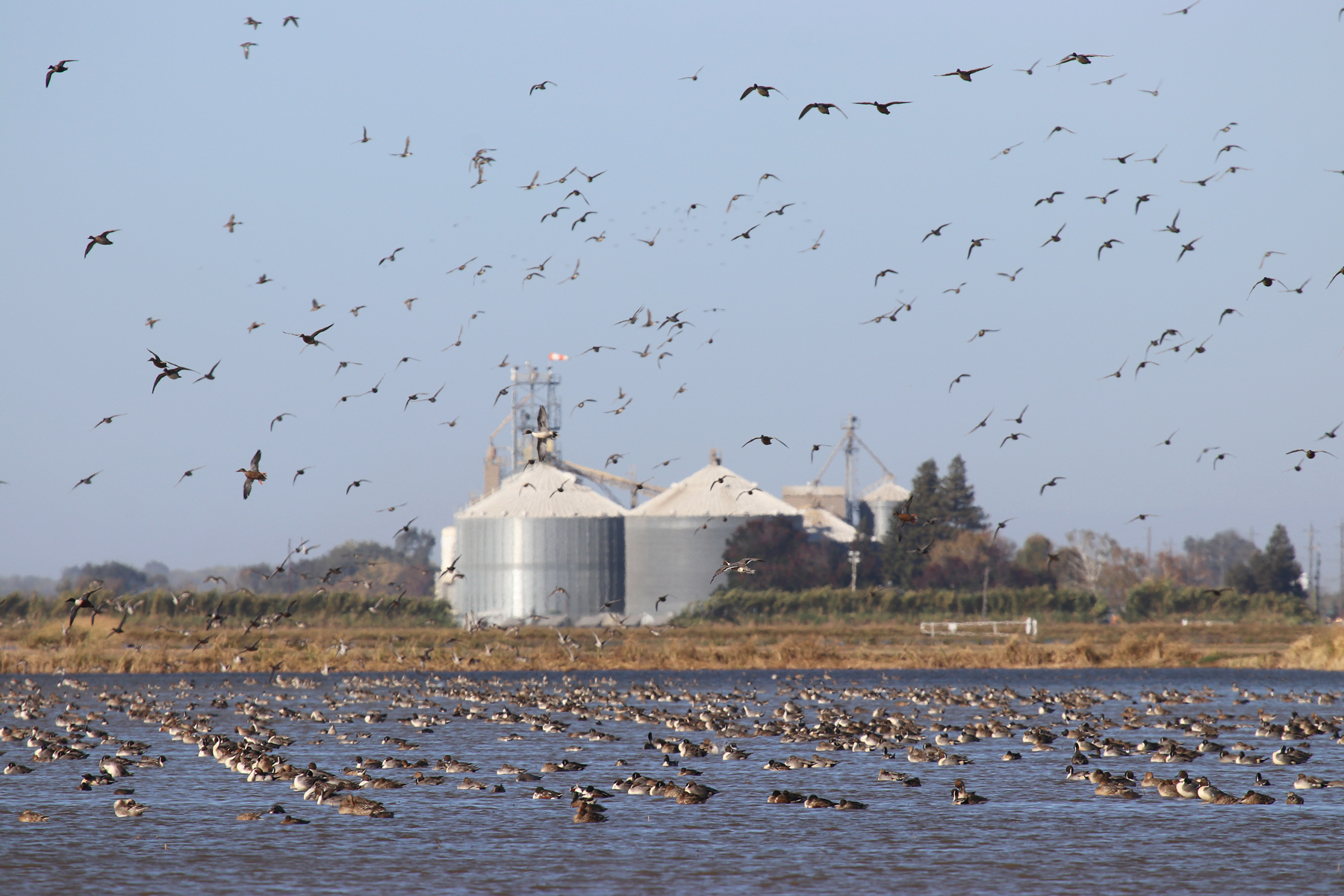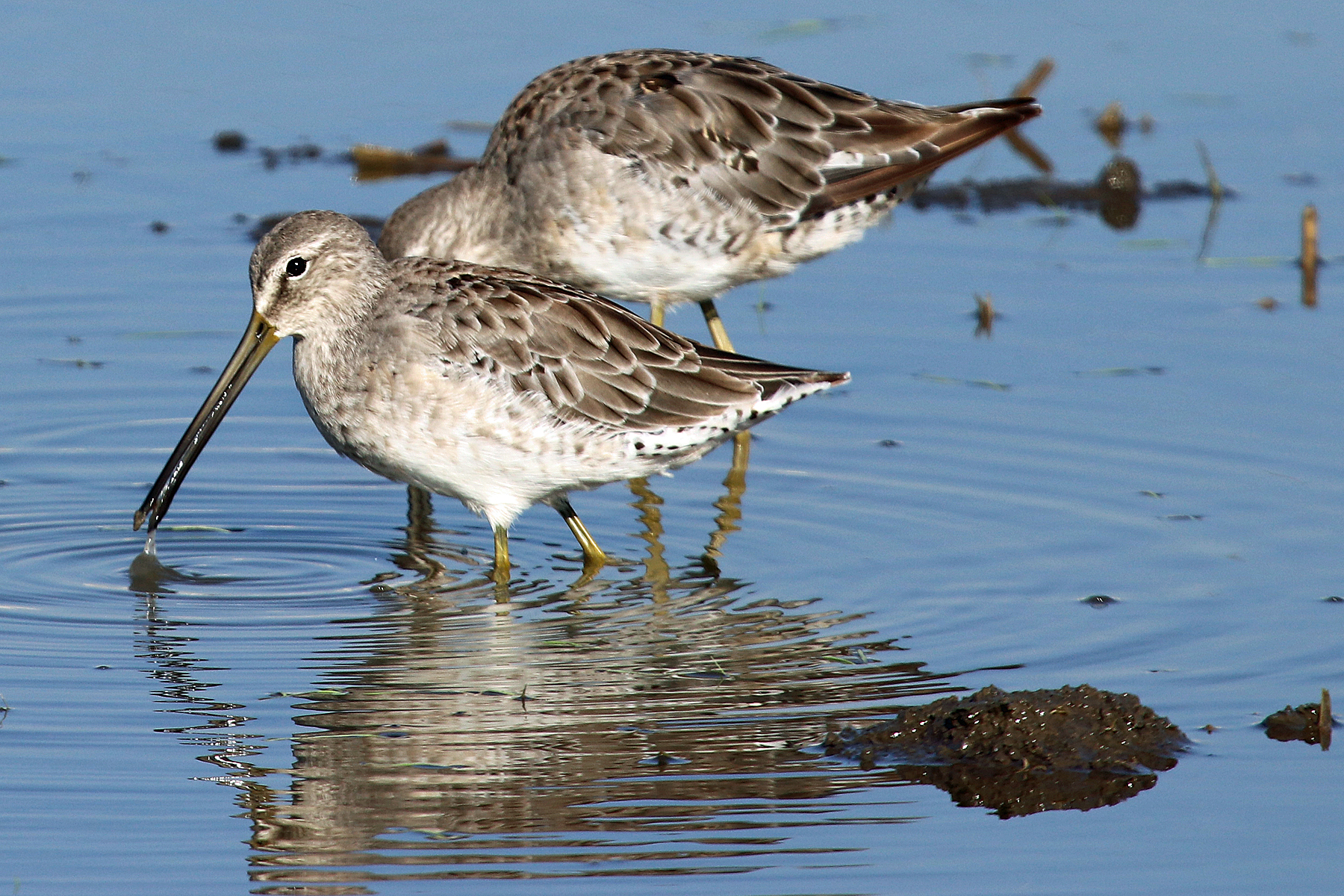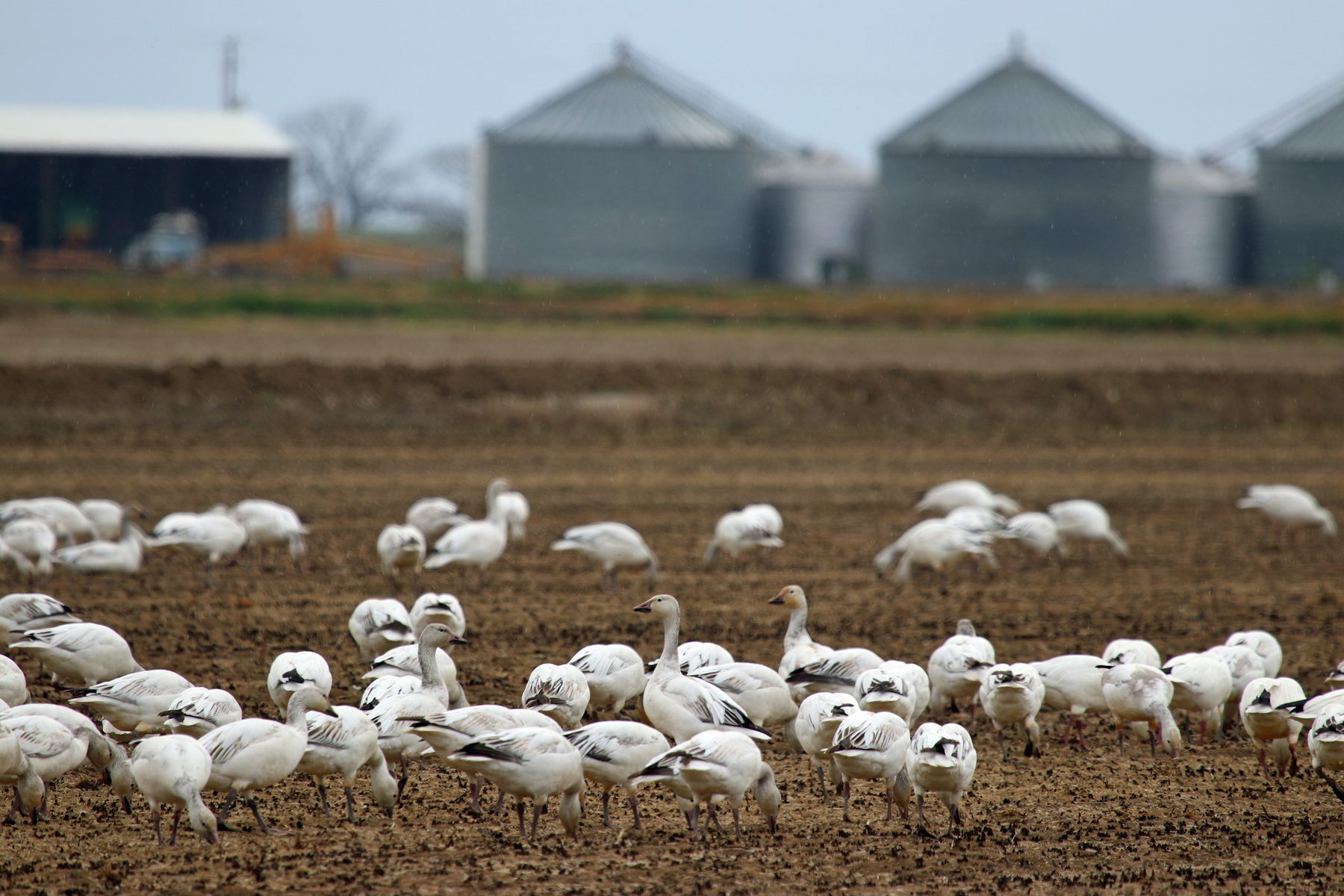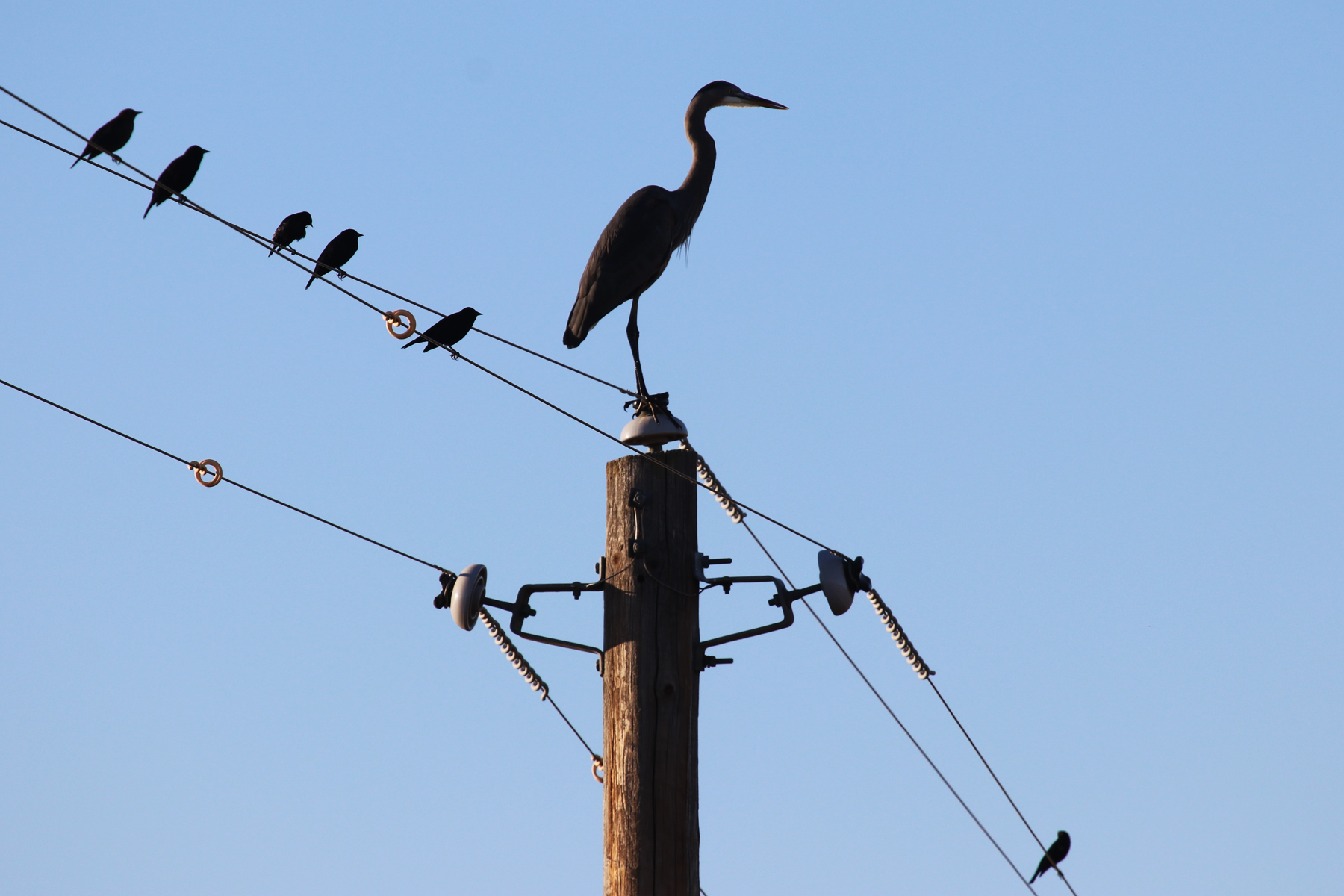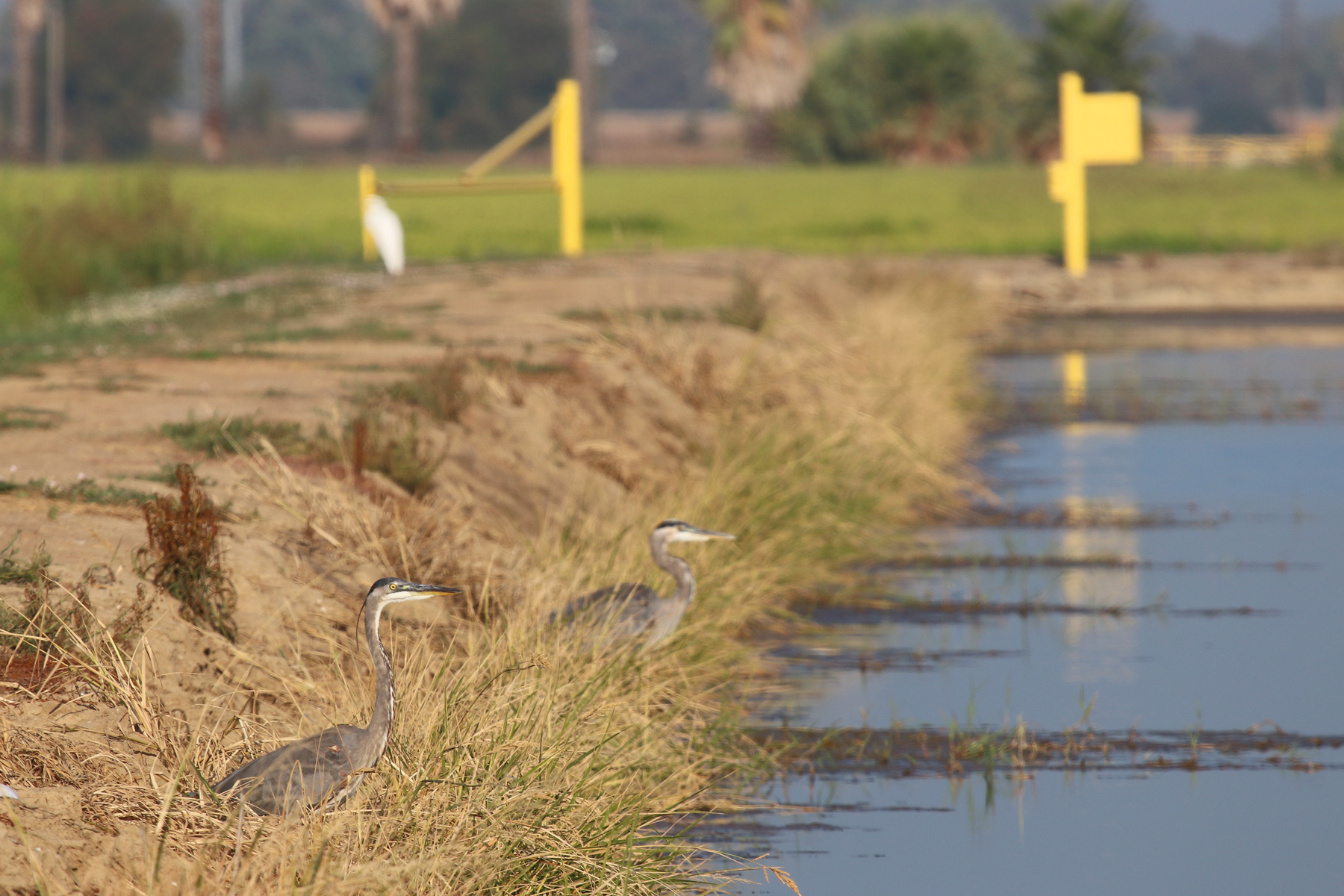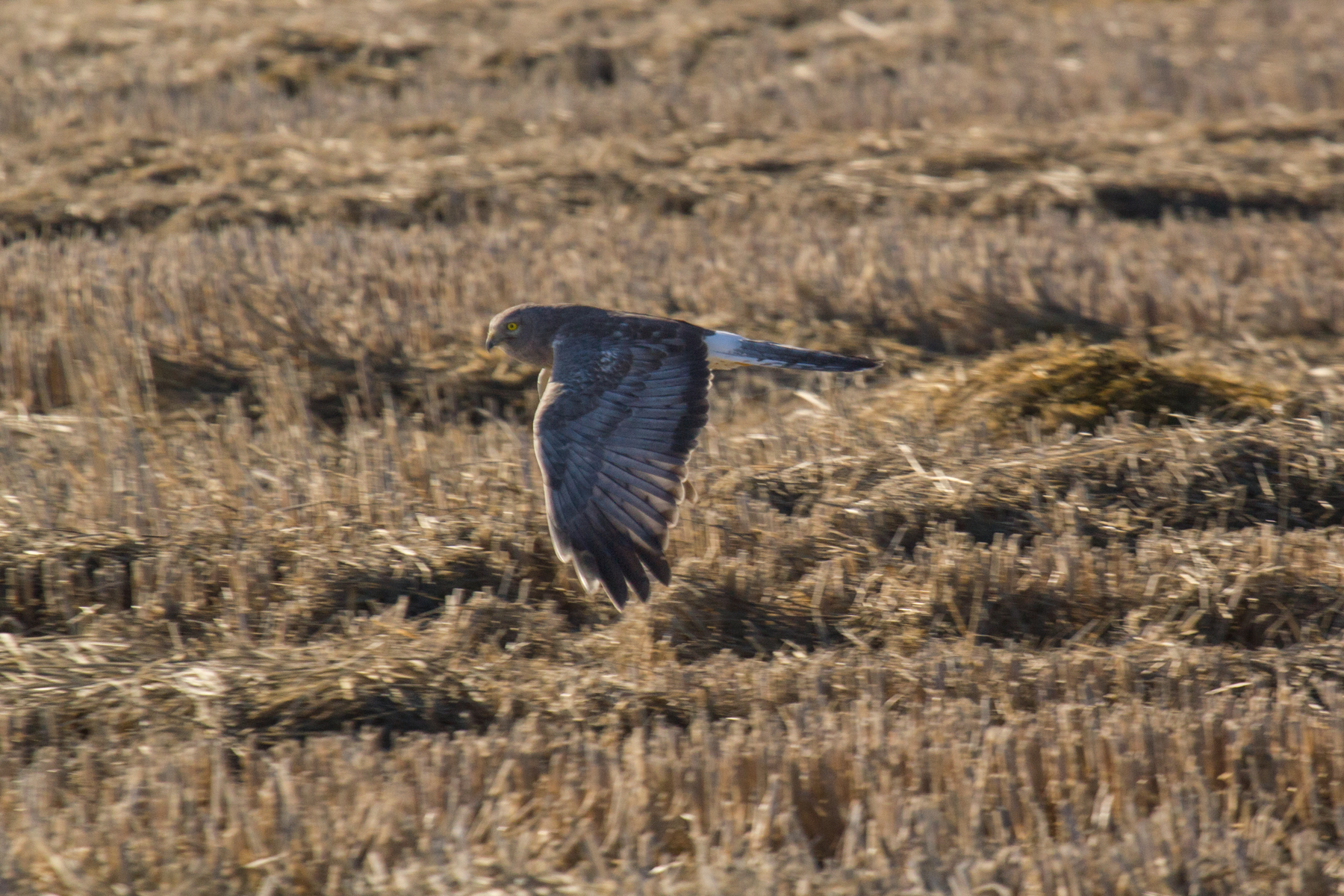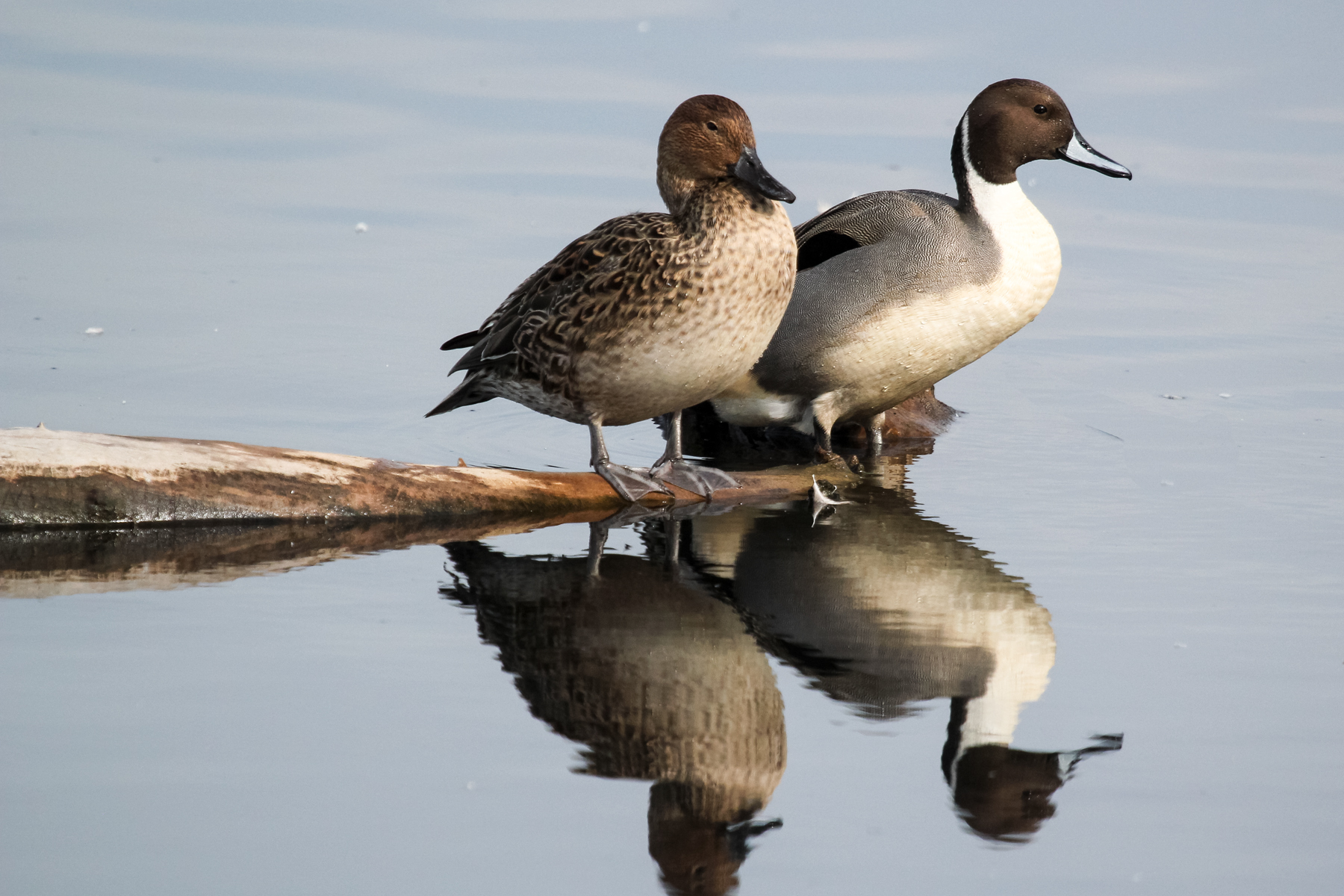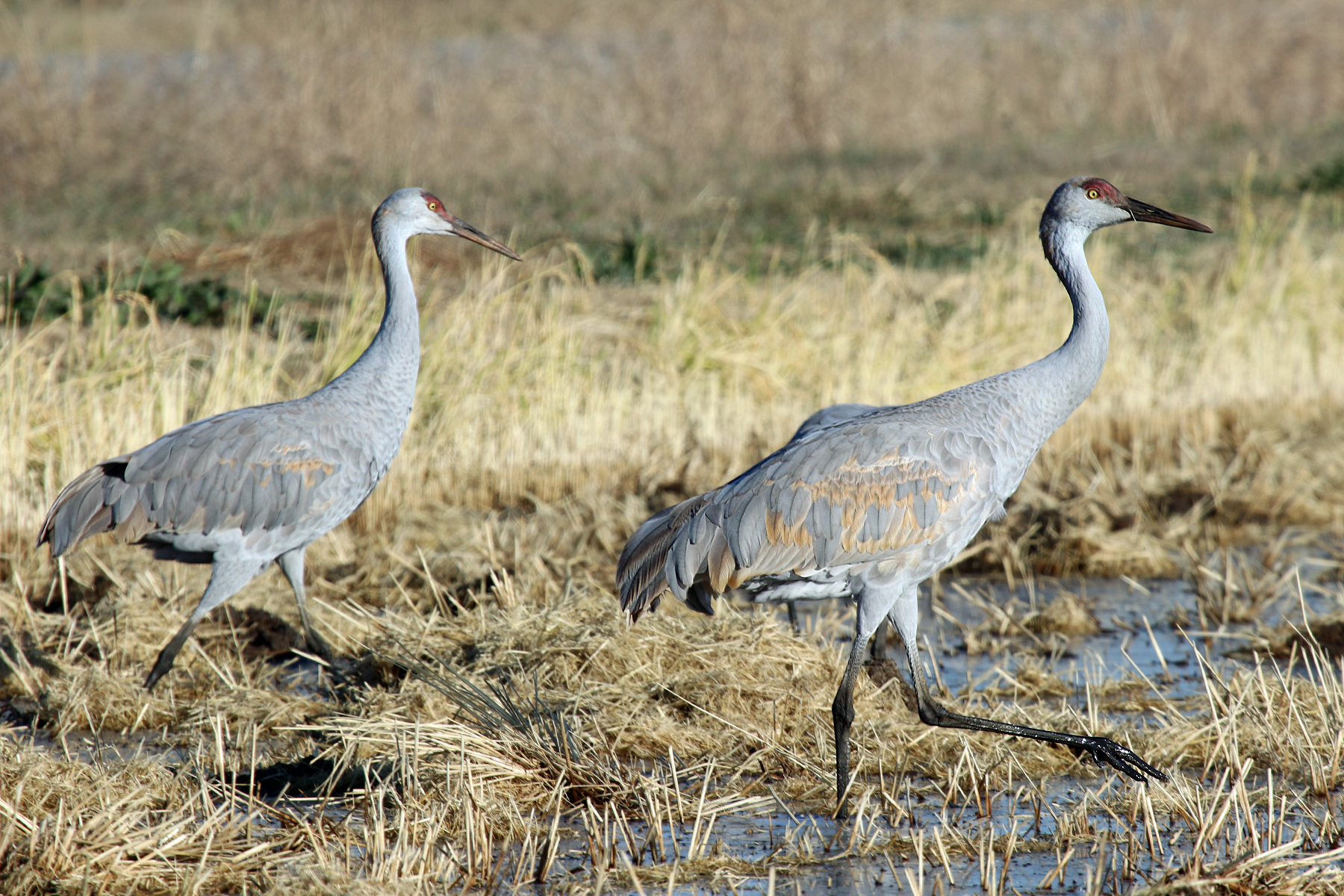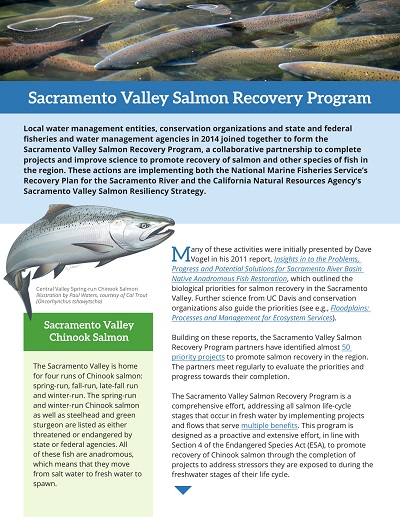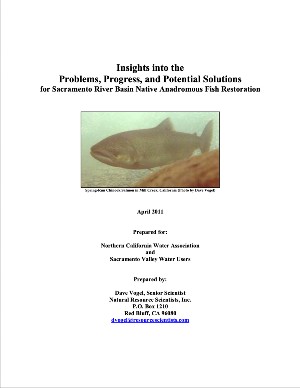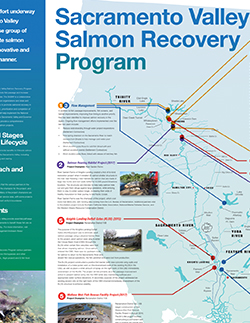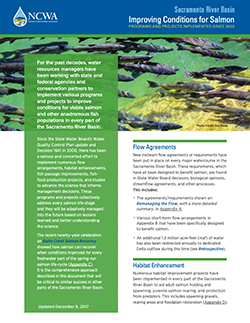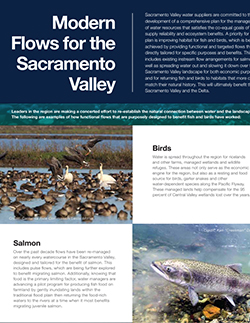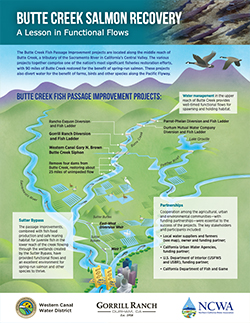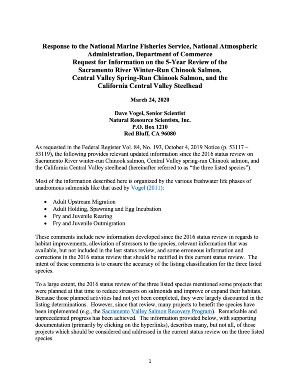The Sacramento Valley represents the single most important wintering area for the waterfowl along the Pacific Flyway. Migrating waterfowl rely upon this region of the state to rest and feed during their annual migration. In addition to the multiple species of waterfowl, raptors, and shorebirds that seasonally inhabit the region, these lands provide habitat for a number of other species who rely upon this area year-round. This habitat comprises an important part of the integrated water system in Northern California. The Sacramento Valley lies on the southerly end of the Pacific Flyway migratory route and is one the most prominent wintering sites for waterfowl in the world. Waterfowl migrate to the Sacramento Valley by the millions from as far away as Alaska, Canada, and Siberia. Sacramento Valley habitat supports approximately 44 percent of wintering waterfowl using the Pacific Flyway, attracting more than 1.5 million ducks and 750,000 geese to its seasonal marshes. The limited amount of wetlands in the area makes small-grain production fields (mostly rice) critical to the survivability of the large numbers of waterfowl wintering in California. Many water districts and companies in addition to providing water for the working agricultural landscapes and privately managed wetlands also provide water to federal wildlife refuges and state wildlife management areas.
Pacific Flyway habitat, land use and water supply goals are established by the Central Valley Joint Venture, which develops and periodically updates those goals in its Implementation Plan.
The Pacific Flyway is reliant upon adequate year-round water supplies and appropriate land uses. Click the links below for more detailed information of the role these resources play, in concert, to provide habitat for the species using the Flyway.
